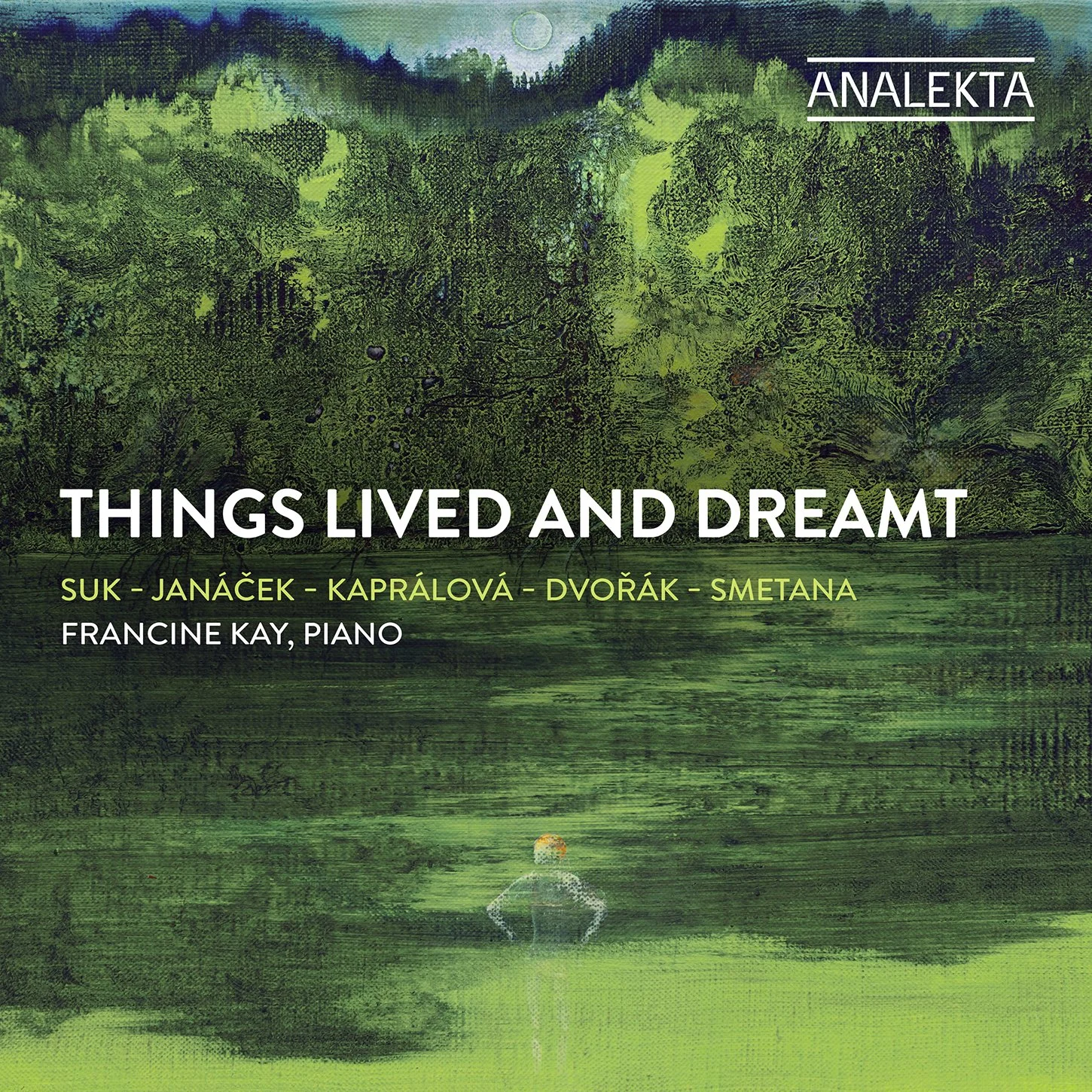To composers of the Classical era, the piano (that is, fortepiano) was an instrument allowing greater expressiveness than the harpsichord, or at least expressiveness of a different type. To Beethoven and the early Romantics, the steadily improving piano made possible increasing emotional communication in music, as well as substantial virtuosity, often for its own sake. To Liszt, one of the most-substantial virtuoso players of his era, the piano – which came into essentially its modern form during his lifetime – was an orchestra in miniature. To later composers, the piano took on expanded roles or very different ones, including some (such as “prepared piano”) that changed the instrument’s inherent sound and placed it even more firmly in the percussion realm than it had been before. And to some composers of the 20th and 21st centuries, the piano became, or has become, a newly expressive instrument, even to the point of connecting to realms beyond the musical.
That is how Alan Hovhaness (1911-2000) appears to have seen the piano, on the basis of a generous selection of his solo-piano music that was originally released in 2019 but is only now being made available in the United States. Pianist Şahan Arzruni, a longtime friend and colleague of Hovhaness, seems as finely attuned to the underlying mysticism of Hovhaness’ piano works (and, indeed, his works in general) as any performer can be. Arzruni’s extensive familiarity with Hovhaness’ oeuvre, and his personal possession of numerous hand-written manuscripts of Hovhaness’ music, make it possible for him to place the 10 works on this Kalan Music CD firmly within proper context. And Arzruni’s sheer pianistic skill helps him do something that is by no means straightforward in Hovhaness’ music: to make it colorful and convincing in and of itself, without requiring complete understanding of the philosophical trappings in which so much material from this Armenian-American composer is clothed. Arzruni presents these works in a way that he believes will help them communicate Hovhaness’ beliefs and intentions most effectively – not chronologically, and not arranged by length or other obvious methods. Furthermore, Arzruni offers pieces of piano music in combination with ones that Hovhaness originally conceptualized differently. Thus, Invocations to Vahakn (1945) was written for piano and percussion (Adam Rosenblatt is the percussionist); Yenovk (“The Troubadour,” 1947/1951) was created as seven movements for piano solo; Lalezar (1950-52) derives from a set of songs for bass voice and orchestra; and so forth.
These are the first three works on the disc, lasting, respectively, 13, 11 and four-and-a-half minutes. So in less than half an hour, Arzruni already gives listeners a portrait of Hovhaness presented at varying lengths. In terms of time span, it is true that most of the pieces date from the mid-1940s through the mid-1950s, but even within that period, there is considerable variety. Like many other prolific composers – and Hovhaness was quite prolific, although very little of his music is heard frequently – Hovhaness is said to have had “periods” of differing focus. Thus, some works here imitate the sound of Near Eastern and Middle Eastern string instruments. Some draw directly on specific nations’ music, not only that of Armenia but, for example, that of Greece in the three-movement Suite on Greek Tunes (1949), one of a number of world première recordings heard here, and that of the Orient in general in Mystic Flute (1937). Other pieces here are Journey into Dawn (1954), Laona (1956), Lake of Van Sonata (1946/1959), Vijag (1946), and Hakhpat (1946/1951, another piano-and-percussion piece).
Although there is much of interest to be heard by simply listening to this disc, the barriers to full enjoyment and understanding of Hovhaness are shown through the works’ titles: the references are often obscure and generally necessary for a listener to apprehend the mood fully – and, in many cases, to connect to the specific form of mysticism that the composer is expressing. Arzruni is an excellent interpreter of this rather rarefied repertoire, and this disc is as good a choice as any for listeners who would like to hear more of Hovhaness than his few works that are occasionally programmed in concerts and recitals. The CD is very much an acquired taste, although it will be to the taste of listeners wishing to acquire greater familiarity with an unusual, visionary 20th-century composer.






